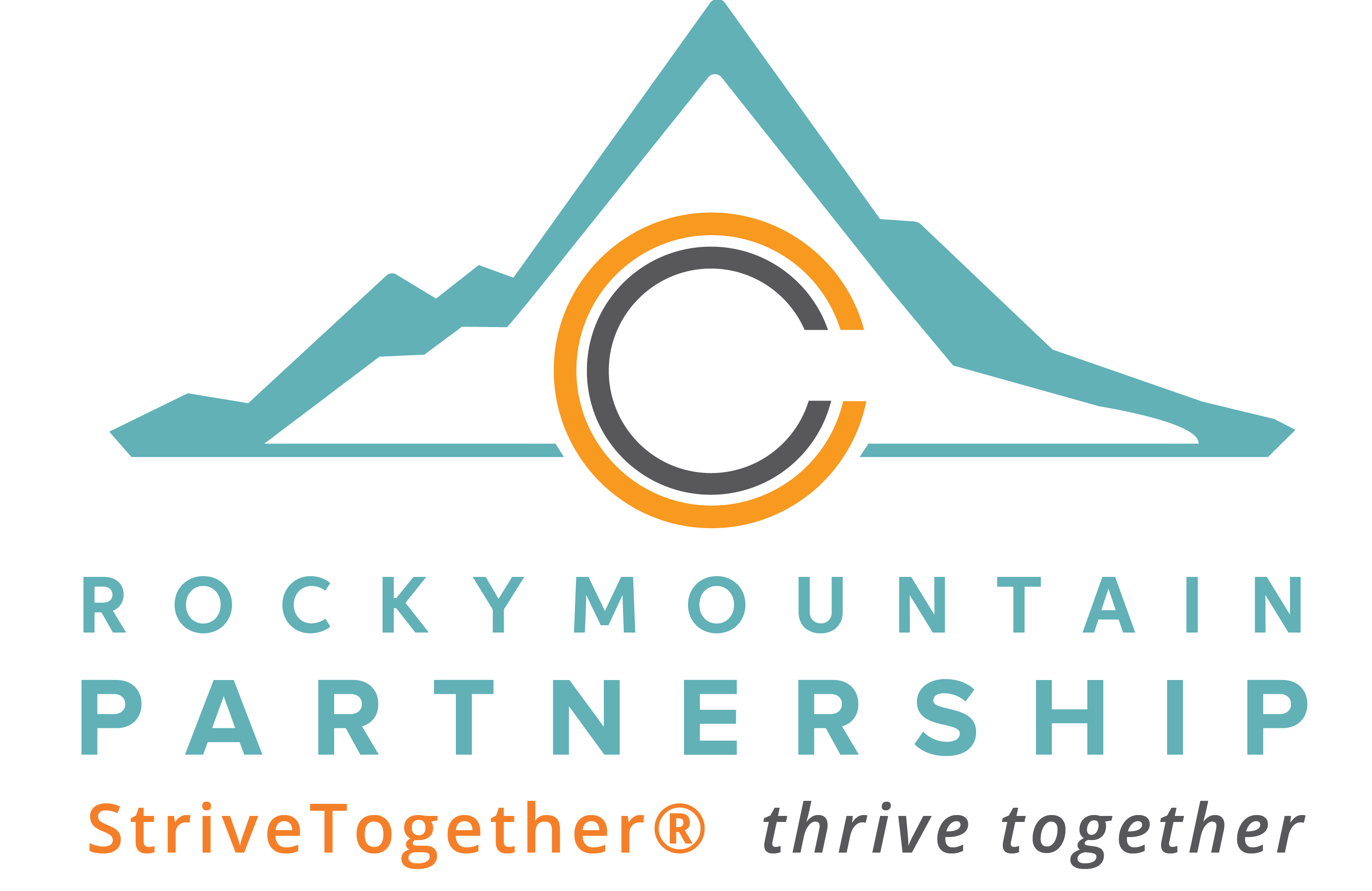Strategy #2: Execute High Impact Projects (HIPs)
At Rocky Mountain Partnership, we know that big challenges require bold action. Our High-Impact Projects (HIPs) are designed to tackle the most pressing issues facing young people in our region. By focusing on fewer, high-leverage initiatives, we are making measurable progress toward helping 71,000 more young people achieve cradle-to-career success by 2030.
What Are High-Impact Projects?
HIP partners commit to clear, targeted actions that directly contribute to our regional goals. They track how their collaborative efforts help more young people reach key milestones in education and career pathways.
In 2024, we sharpened our focus to prioritize projects with the greatest potential for impact. Through close collaboration with partners and the use of our Key Driver Tool, we identified critical barriers and launched initiatives designed to overcome them.
How HIPs Make a Difference
Each High-Impact Project is structured to deliver real results by:
- Addressing Shared Barriers: Helping organizations tackle common challenges that hinder young people’s success.
- Incubating Innovative Solutions: Developing and testing new approaches to close gaps and solve unique challenges.
Our Four Priority HIPs
- Educational & Career Guidance: Empowering young people to navigate education and career pathways, focusing on earning credentials or skills. (Top priority for 2025)
- Expanding Training Sites: Aligning workforce needs with training opportunities to prepare young people for success. (Top priority for 2025)
- Re-Engaging Learners: Supporting individuals who started but haven’t completed a credential or degree.
- Work-Based Learning Opportunities: Creating more hands-on learning experiences to build essential skills and real-world knowledge.
How HIP Partners Drive Change
- Define the Project Scope: Set clear objectives and deliverables.
- Set Goals and Targets: Establish measurable goals aligned with cradle-to-career outcomes.
- Develop an Action Plan: Outline steps, timelines, and responsibilities.
- Track Progress: Use Key Performance Indicators (KPIs) to measure success.
- Continuously Improve: Adjust strategies to maximize impact.
- Plan for Sustainability: Build long-term solutions that can scale.
Current HIP Partners
 |
 |
 |
 |
 |
 |
 |
Join Us
Ready to make a lasting impact? Contact Emily Sanders, Senior Director of Collaborative Action, at EmilySanders@RMPBackbone.org to learn more about how you can support or join our High-Impact Projects.
